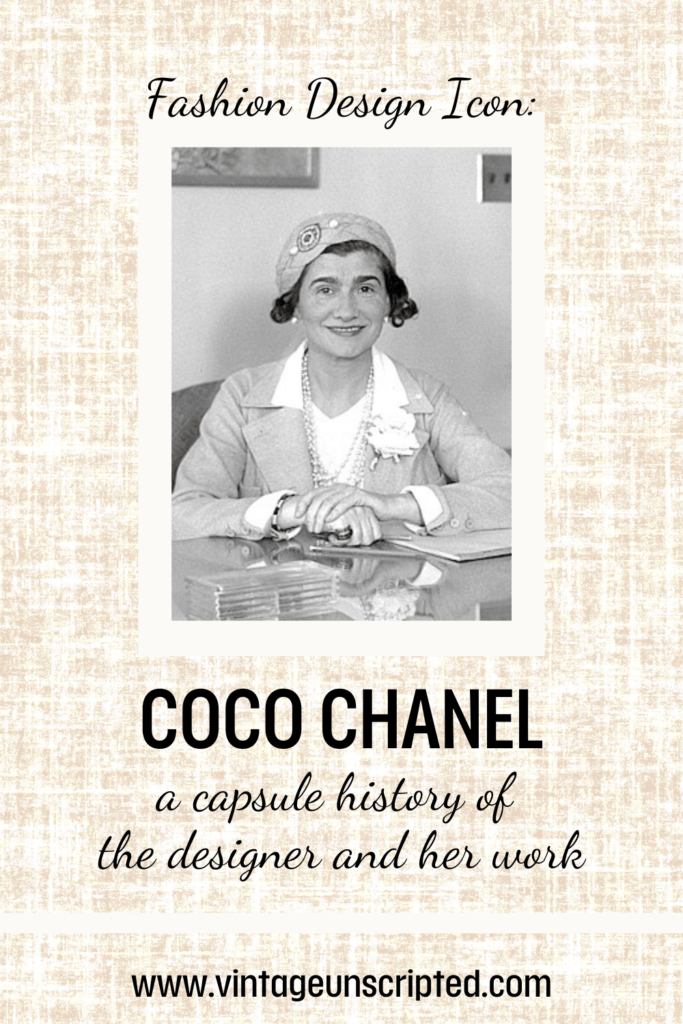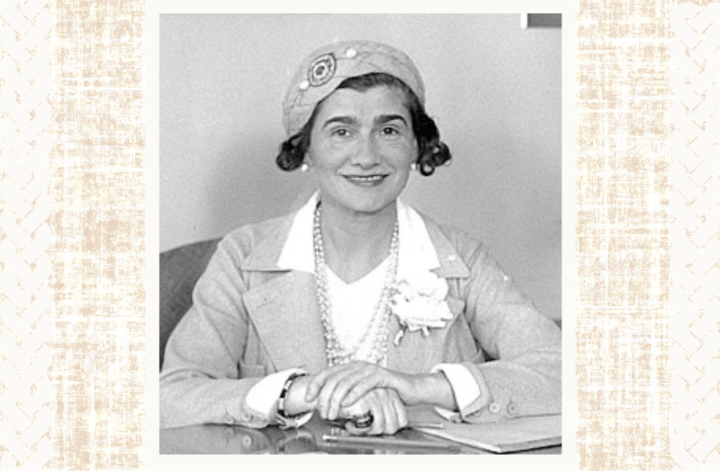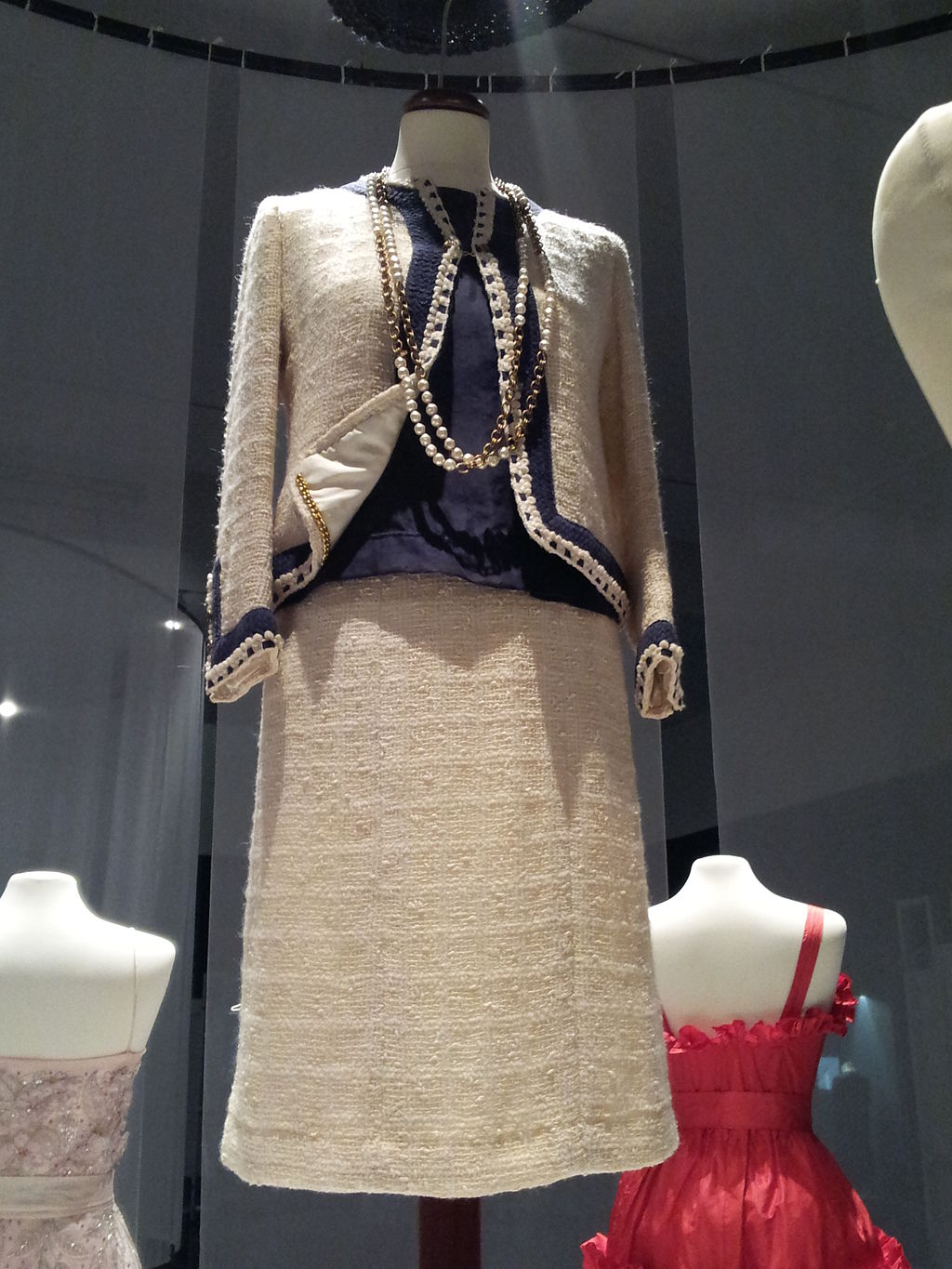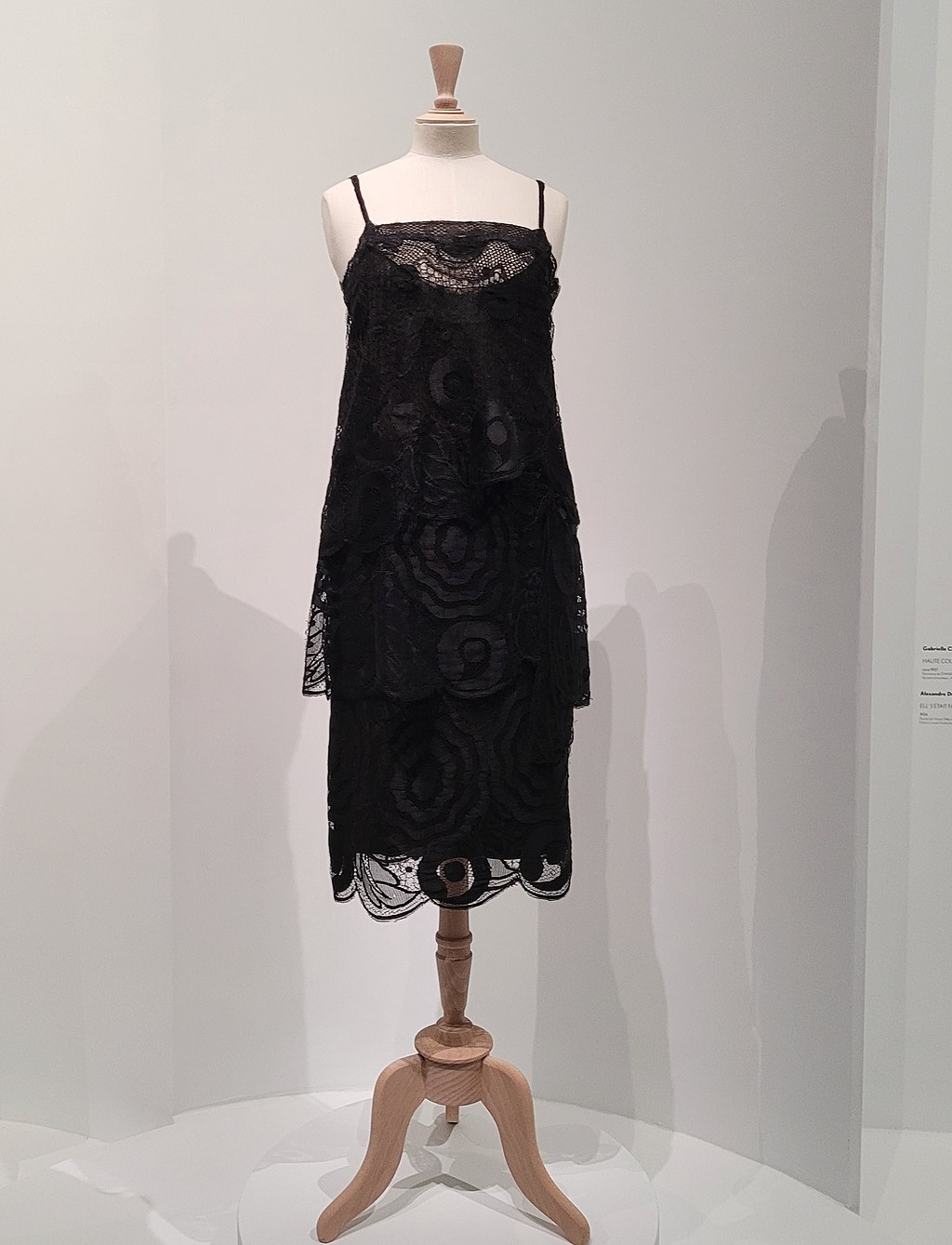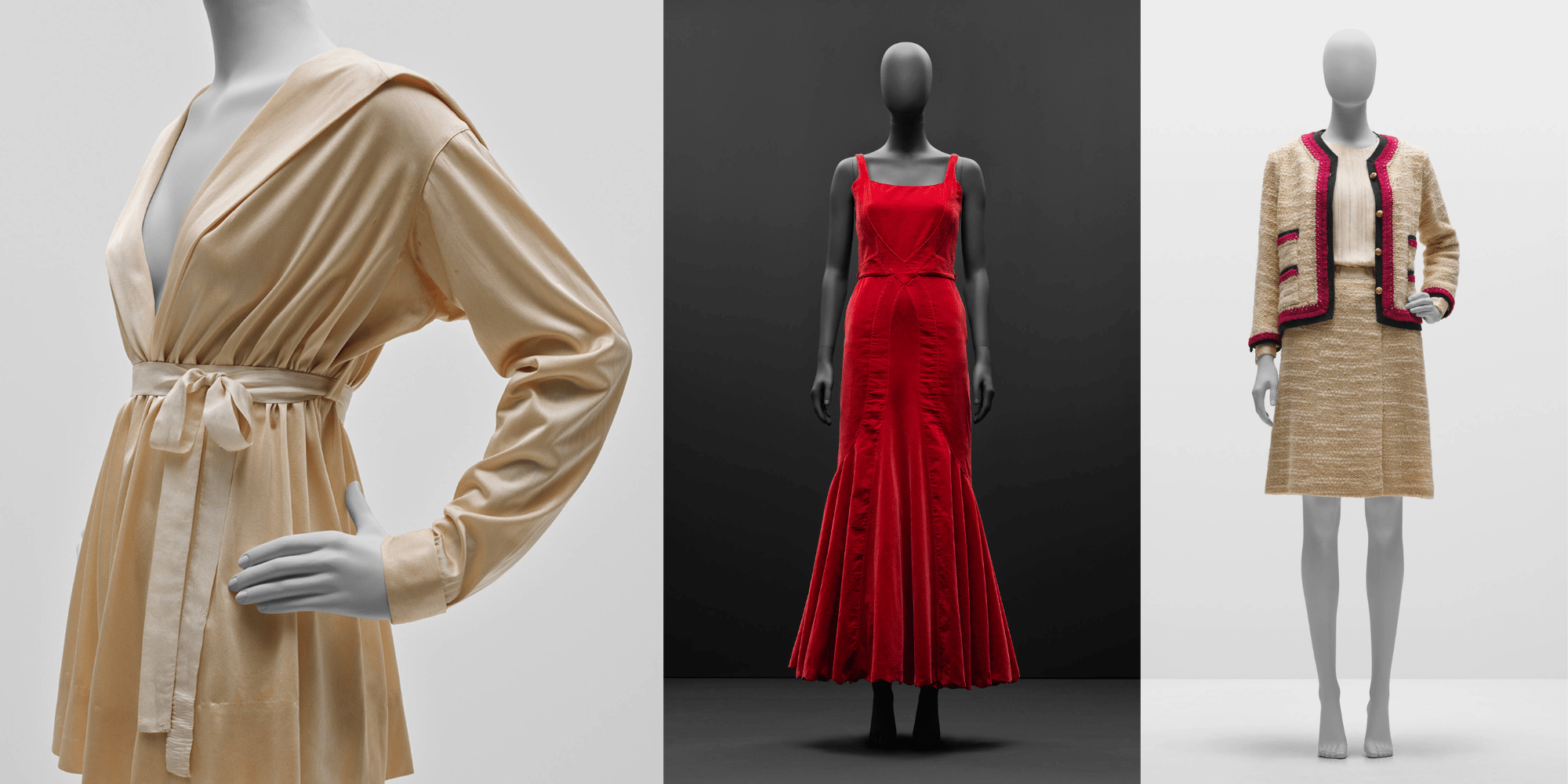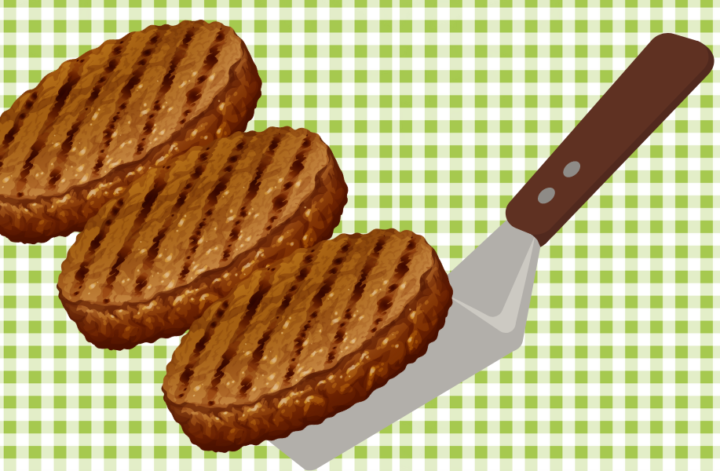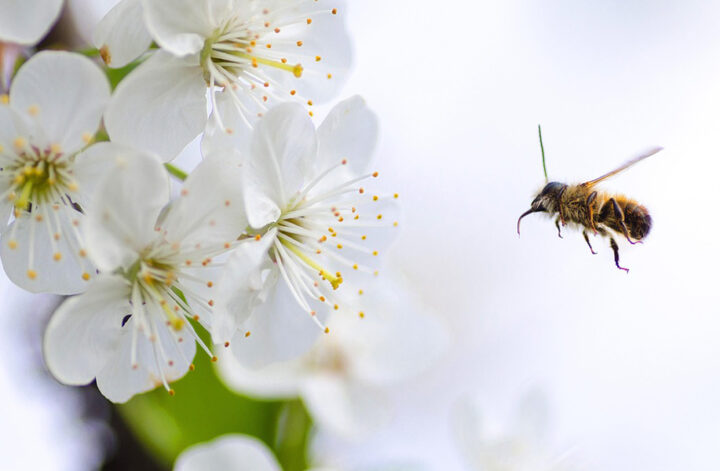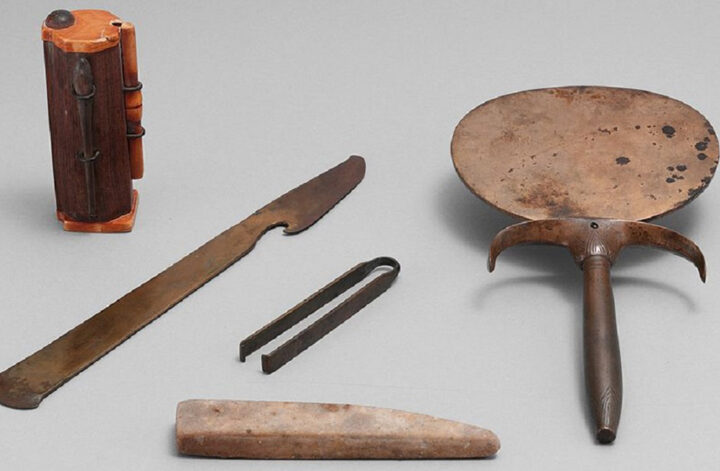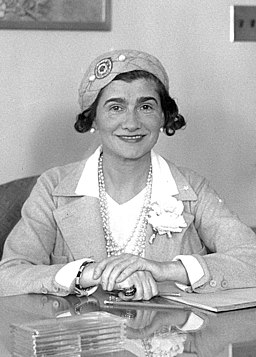
Gabrielle “Coco” Chanel was born to a poor family in Samur, France in 1883. After her mother’s death she spent her teenage years living in a convent where she learned to sew. As a young woman, she pursued a career as a cabaret singer. Her charisma carried her only so far as her voice was only fair.
Known for her many affairs with well-to-do men, at 23, she met and lived with a wealthy French textile heir who introduced her to a well-to-do lifestyle. She eventually left him for one of his friends, who financed her first business as a milliner.
She opened her first shop in 1910 selling only hats. By 1913, she had opened a clothing boutique as well. Her clothing was unusual for the time. The corseted fashions and stiff layered clothing were replaced by Coco with loose fitting easy-to-wear garments of jersey knit. At the time, more expensive textiles were in short supply due to the WWI. Jersey was cheap and abundant, as it was primarily used for undergarments. The new look took off quickly. In 1935, the house of Chanel employed 4000 people. By the time World War I ended she owned 5 buildings in Paris.
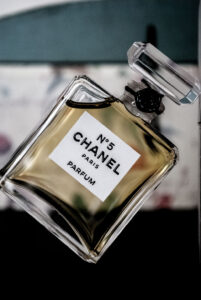
Along with her modern style came a rivalry that lasted throughout the rest of her career. Elsa Schiaparelli was creating clothing that was new and modern as well but in a very different style. Bright, colorful, and Bohemian in direct contrast to Coco’s pared down simple clean looks. The two competed for years to come. Coco went so far as to work with avant-garde icons Jean Cocteau and Salvador Dali, although her collaborations never attained the widespread recognition of Elsa’s designs.
In 1921, the fragrance Chanel No.5 was created. Since 1924, the bottle has remained the same, although the stopper has been redesigned several times over the years. Creating and marketing her signature fragrance required more production, capital, and marketing than Coco was able to furnish. This led to an agreement with the house of Bourjois, owned by the Wertheimer brothers, Pierre and Paul. The agreement stated Coco would receive 10 percent of the stock with the remaining portions going to the Wertheimer brothers and another wealthy department store owner who had brokered the deal. She ultimately fought to amend the deal in the 1940s.
Meanwhile, she was making waves with her simple minimalist wardrobes. Her classic boxy cut suits and little black dresses became popular with women. They were easy-to-wear and work in, as women were participating in the war effort and in need of clothing that was comfortable and suitable for everyday wear. The little black dress or LBD was flattering and easy to accessorize. Chanel added accessories to her line with jewelry, scarves, shoes, and most notably the quilted purse.
By the end of World War II, scuttlebutt about her connections to the Nazis during the war had come to a head. She was interrogated by France for her close alliances and alleged spying for the Germans. It was well-documented that she was an outspoken anti-semite. Although she was ultimately released by France, she claimed it was her friendship with Winston Churchill that saved her.
By 1945, she had retired to Switzerland after her debacle during the war. But in 1954, she returned to the fashion world and reopened her fashion house. Although it wasn’t exactly popular in France, the British and American markets were sold on her new looks. Meanwhile, throughout World War II, perfume sales flourished. Chanel No.5 continues to be popular today. Powerhouse filmmakers Ridley Scott and Baz Luhrmann have produced commercials for the perfume.
For more information on Coco Chanel visit these sites:
Chanel: The Founder, The History, The Stories
V&A South Kensington Gabrielle Chanel. Fashion Manifesto exhibition site has curator talks.
From the September 2023 – March 2024 Gabrielle Chanel. Fashion Manifesto exhibit at the V&A Museum, South Kensington, London. From left, 1916 Marinierè blouse, 1932 dress, 1964 suit.
